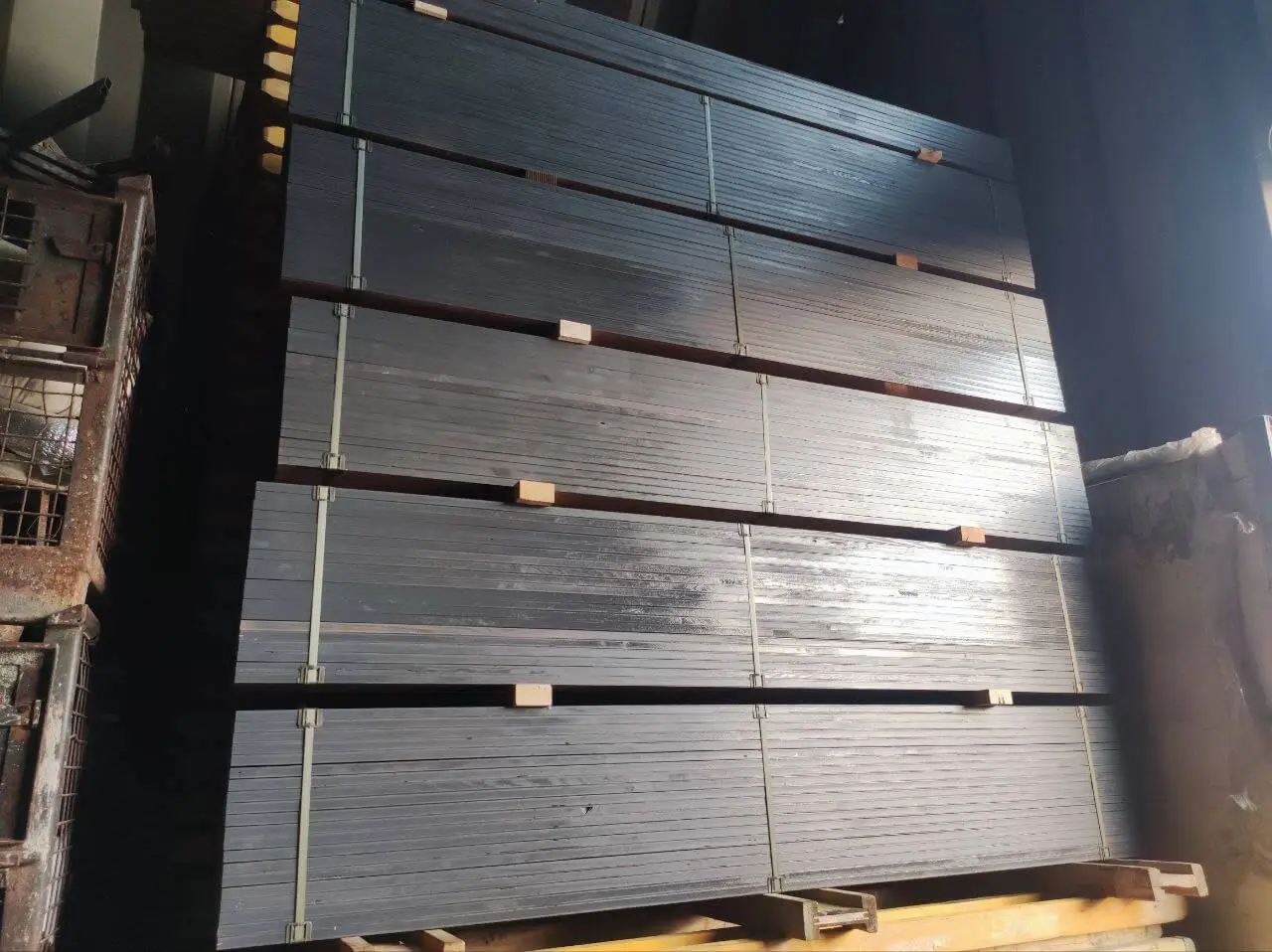Slab Formwork 2025
Professional Equipment for Monolithic Construction
Rental and sale of slab formwork. Delivery throughout Ukraine. Free expert consultation.
Why Choose Our Formwork?
Professional equipment and comprehensive service for your construction
High Strength
Withstands loads up to 1500 kg/m². Suitable for slabs of any complexity.
Fast Installation
Easy installation saves time. Installation of 100 m² in 1 day by a team of 3-4 workers.
Versatility
Suitable for slabs of various heights and configurations. Flexible adjustment system.
Cost Savings
Rental is 5-10 times cheaper than purchase. Payment only for actual usage period.
Professional Equipment
Certified equipment from leading European manufacturers. Quality guarantee.
Complete Set
Props, beams, plywood, fastenings - all in one set. No need to search separately.
Have questions? Our experts are ready to help!
Free ConsultationHow It Works?
Simple process from order to formwork installation
Consultation
Call us or leave a request. We'll calculate the required amount of formwork and rental cost.
Configuration Selection
Our experts will select the optimal formwork configuration considering your project specifics.
Delivery
We'll deliver formwork to the site at your convenient time. In Kyiv - from 1500 UAH, in Ukraine - individually.
Instruction
We provide detailed instructions on installation and dismantling. Installation assistance available upon request.
Ready to start construction?
Order FormworkTypes of Slab Formwork
We select the optimal configuration for your site
Telescopic Props
Metal props with height adjustment from 1.7 to 5.5 meters. Withstand loads up to 2000 kg per prop.
- Висота: 1.7 - 5.5 м
- Навантаження: до 2000 кг
- Матеріал: сталь
- Регулювання: телескопічне
H-20 Beams
Wooden beams of various lengths for load distribution. Length from 2.6 to 4.9 meters.
- Довжина: 2.6 - 4.9 м
- Матеріал: деревина
- Стандарт: H-20
- Багаторазове використання
Support Scaffolding
For slabs over 5.5 meters high. Metal frames with diagonals and adjustable jacks.
- Висота: понад 5.5 м
- Конструкція: рамна
- Навантаження: високе
- Використання: промислове
Not Sure Which Type of Formwork is Right?
Our experts will consult for free and select the optimal solution
Get ConsultationFormex in Numbers
These numbers demonstrate our efficiency and achievements.

Frequently Asked Questions
Answers to the most popular questions about slab formwork
The rental cost depends on the slab area, prop height and rental period. Approximate price: from 100 UAH/m² per month. For an accurate calculation, use our online calculator or call us.
Kyiv. Bortnychi.
FORMEX LLC rents and sells formwork for monolithic construction.
info@formex.com.ua11 Bortnychi str. Lisova
Get directions